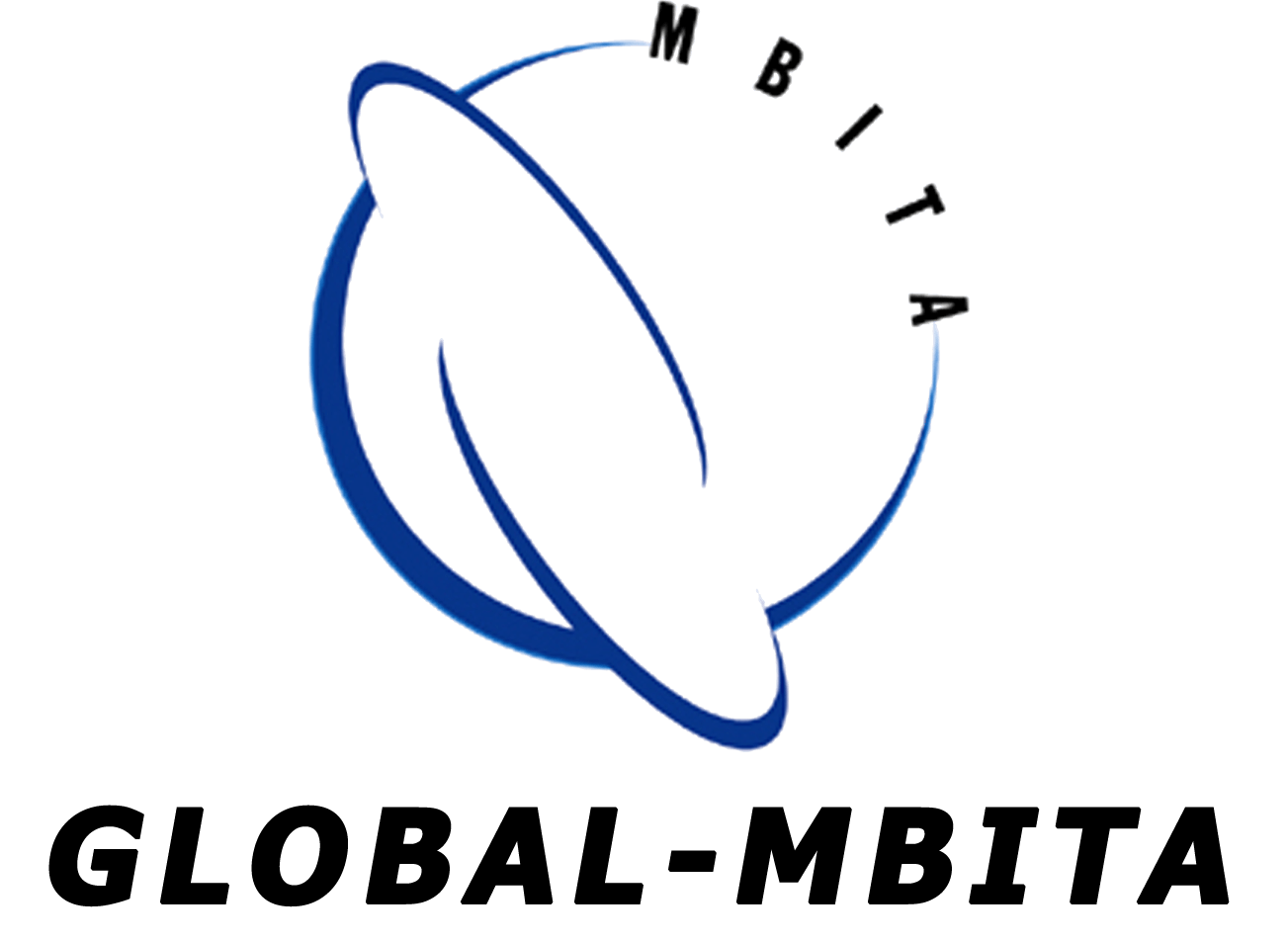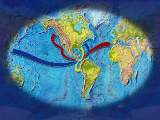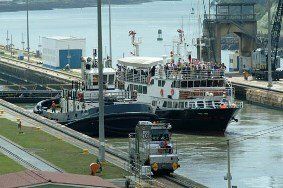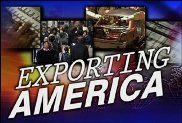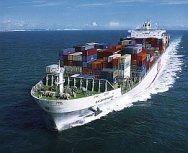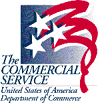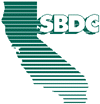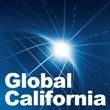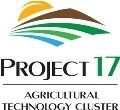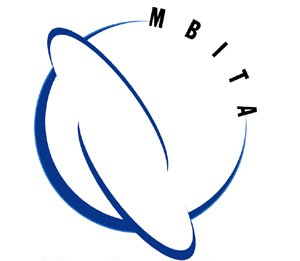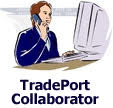UPDATE
This issue puts Export Trade Finance on the menu as new member, Meridian Finance, joins the MBITA team to help meet the challenges of the National Export Initiative (NEI). A TradePort/MBITA partnership with the National Association of Women Owned Businesses (NAWBO) is featured with a special Global Trade technology event in Silicon Valley slated for Nov. 15th. Also, Panama has hit the MBITA radar and is featured as an important region for trade and investment for California companies….enjoy.
President
Tony Livoti
MBITA
Vice President
Shay Adams
AIM Medical Sales
Members
Dr. Edward Valeau
Els Group LLC
Hartnell College
President Emeritus
Marcelo Siero
IdeasSiero
Jim Faith
Jim Faith & Associates
Cristina Polesel
MBITA
General Manager
This newsletter has been created by MBITA's editor
Cristina Polesel
cristina@mbita.org
MBITA New Member
Meridian Finance Group
MBITA welcomes new member Meridian Finance Group.
EXTENDING CREDIT TO CUSTOMERS IN THE EURO-ZONE
by Gary Mendell, President of Meridian Finance Group
Even before the emergence of current events, US exporters have been facing credit challenges in the Euro-zone. Some European customers need longer payment terms to help them ride out the recession. Others want higher credit limits because their markets are beginning to recover. In any economy, foreign buyers simply may not be willing to pay cash in advance or open letters of credit.
Rising debts continue to plague the governments of Greece, Ireland, and Portugal. Spain and Italy may be facing similar prospects. The European Union, European Central Bank, and International Monetary Fund are responding to these countries’ mounting liquidity problems but in the long run underlying structural factors will need to be addressed.
Exporters who sell to Europe or other international markets on open account can protect their foreign receivables against non-payment risks with an export credit insurance policy. Even in European countries with sovereign debt crises, sales to creditworthy companies can be covered with export credit insurance, as long as their payment ability is not expected to be impacted by political events.
Meridian Finance Group provides credit, insurance, and trade finance tools that US exporters can use to grow their international sales. We offer export credit insurance from every insurance company and government agency that underwrites this kind of coverage. For more information, visit www.meridianfinance.com or send an email to insurance@meridianfinance.com
TradePort, MBITA and the National Association of Women Business Owners (NAWBO) Partner for Global Trade Technology Event
(Silicon Valley, CA) - 9/27, 2011 - TradePort and MBITA have partnered with the National Association of Woman Business Owners - Silicon Valley (NAWBO-SV), one of the premiere associations of woman owned businesses in the country. Together they will conduct a lunch-seminar-conference and mixer-dinner in Santa Clara, CA at the Biltmore Hotel in the heart of Silicon Valley on November 15th on how to use online technologies to sell your services, expertise, products and technologies in the global marketplace.
The pervasiveness of the internet has created a global economy that requires new skills and knowledge to succeed in the 21st Century. The Internet allows us not only to facilitate and consummate online global trade transactions with traditional products, but also allows knowledge-based professionals to ‘export their expertise’. This facilitates delivery of specialized services to markets where such expertise and knowledge are needed, especially in developing countries as they ‘leap-frog’ their societies into a 21st Century infrastructure.
There are untapped markets throughout the world seeking opportunities to import American products, technologies and expertise in all industry sectors. The seminar portion of this event will feature companies and agencies offering various online services that support importers, exporters, trade promotion service providers and investors.
“We wanted to work with NAWBO to reach out to the many woman owned businesses in California that could be exporting but are not and need the latest online tools and services to be cost-effective, efficient and competitive in the global marketplace,” states Tony Livoti, President of MBITA. “Many new good paying jobs can be created in California if new-to-export companies or consultants become more aggressive in the global marketplace”.
“Partnering with TradePort.org and the MBITA team for this event brings another dynamic to NAWBO-SV’s outreach to the business world in Silicon Valley on how we can help create new, good paying jobs through exports,” says Maxine Goulding, President of NAWBO-SV. “We also wanted to allow our busy members and associates to have the option to attend both the lunch-seminar-conference and mixer-dinner, or they can attend either one separately to accommodate their busy schedules”.
The full day of activities will begin with lunch at Noon with the seminar commencing at 1:30. At 5:00 pm there will be a social mixer leading up to dinner with Christine Crandell who will be the evening affairs ‘keynote’ speaker. Ms. Crandell will present "Rev Up Your Revenue Game" how we need to develop new 21st Century models for marketing in our ever-more connected world.
For more information and registration, check the MBITA web site and the NAWBO-SV web site event pages.
Trade Routes and the Panama Canal
Since the Canal first opened on August 15, 1914, the waterway has provided quality transit service to more than 815,000 vessels. Despite the increase in the number and size of transiting vessels in recent years, the total average time spent by a vessel at the Panama Canal still remains at slightly less than 24 hours. This remarkable level of performance can be attributed to the team of professionals trained to provide rapid transit service and to the timely implementation of improvements designed to interface with traffic demand. Some $10 million dollars is spent each year on training programs to prepare Panamanians for the operation and maintenance of the Canal. Today, Panamanians comprise more than 95 percent of the Canal's seasoned work force, and occupy positions in high-skill areas vital to the Canal organization.
Of the thousands of vessels transiting the Canal each year, about 30 percent of the total oceangoing transits are by PANAMAX- size vessels, the largest vessels the waterway can accommodate. An optional transit reservation system is available upon request to provide a guaranteed priority transit. The nature of improvements to the Canal keenly reflect the ever increasing role of PANAMAX vessels in the movement of world commerce. Use of the all-water route through the Panama Canal will continue to be an important, cost-effective transportation mode for a significant segment of world trade.
For detailed trade information, including statistics, reports, publications and up-to-date regulations visit the Panama Canal web site at: http://www.pancanal.com/eng/index.html
America Loves Eporters - There Has Never Been a Better Time
By Sue Malone, SBA Export Express lender and World TradeWinds contributor
The good news is there are number of groups and agencies to help. The best place to start is with the Monterey Bay International Trade Association (Tel.831-334-2218), the organization sending you this newsletter. They have been involved in the exporting business for a number of years and have the required expertise. As a result, this will save you countless hours scouring the Internet for possible sources.
Additionally, check out these excellent sources:
- The U.S. Department of Commerce, U.S. Commercial Service at www.trade.gov
- Export-Import Bank of the United States at www.exim.gov.
How Can I Do It Without Capital? There is a misconception that if a business needs to borrow from a commercial lender, it is somehow strapped financially-- unable to go to the next level from its own internal profitability. This is absolutely not the case. All businesses, regardless of their bottom line, are benefited by ready access to capital. In our example with Francine, she just received a large order from a German wholesaler and in order to fill that order, needs capital for the materials, shipping, and packaging. It has nothing to do with profitability; she simply needs to perform under the contract.
Fortunately there are programs available now, specifically for exporting. This is in the form of U. S. SBA Export Express Loan Program. It has simplified paperwork, a streamlined process, and overall less stringent requirements from the lenders.
These loans can be used in connection with many of the programs of the U.S. Commercial Service--U.S. Department of Commerce, under their gold key program. And, Exlm Bank has export credit insurance, term financing for international buyers of U.S. capital goods or services, and working capital guarantees to fulfill your sales orders and “turn” inventory accounts.
One year later after Francine has gone global, she no longer sees herself as limited geographically. Her market is no longer the United States. It is now the world.
Remember that United States products still carry a lot of clout internationally and it is time for American own businesses to take advantage of these trends.
This article has been submitted by Sue Malone. Sue is the largest SBA Export Express lender by volume. She can be reached at smalone@superiorfg.com, tel. (925) 899-8449.
New Public-Private Partnership Extends Support for President Obama's National Export Initiative
by Tim Truman, International Trade Administration (ITA)
Under Secretary for International Trade Francisco Sánchez and the State International Development Organization (SIDO) President Manny Mencia signed a Memorandum of Intent (MOI) to formalize coordination to meet the goals of the President’s National Export Initiative. The MOI will enhance ITA’s partnership with state trade agencies to deliver the services necessary to assist U.S. companies to successfully export their products and services and enter new foreign markets.
“Working with partners like the State International Development Organization will allow more small and medium-sized businesses to tap into resources that will help them find new customers,” Sanchez said.
“Through our network of international trade specialists in more than 100 U.S. cities and each state’s trade office, businesses will be able to access assistance from experienced staff to simplify the exporting process.”
President Obama’s National Export Initiative (NEI) set a goal to double U.S. exports by the end of 2014, supporting millions of jobs. The International Trade Administration plays a lead role in implementing the NEI.
“We are excited to expand our working relationship with the International Trade Administration,” Mencia said. “A closer partnership between ITA and the states will provide greater access to export opportunities and trade financing for our companies and help to create much needed jobs in our states.”
U.S. goods and services exports in the first half of 2011 are up nearly 16 percent to $1 trillion from the $887.6 billion in exports in first half of 2010.
In the first half of 2011, the largest state exporter was Texas with more than $120 billion in merchandise exports. Texas was followed as a leading exporter in the first half of 2011 by California ($77.4 billion), New York ($41.4 billion), Illinois ($31.4 billion), and Florida ($31.0 billion).
SIDO is a non-profit affiliate organization of the Council of State Governments that represents the trade promotion organizations of the state governments.
Contact: Tim Truman (202) 482-3809
##########
The International Trade Administration (ITA) is the premier resource for American companies competing in the global marketplace. ITA has 2,100 employees assisting U.S. exporters in more than 100 U.S. cities and 77 countries worldwide. For more information on ITA visit www.trade.gov.
The National Export Strategy is available at
http://trade.gov and http://export.gov.
##########
Ayse's Corner
Ayse's Corner is a feature column of the World TradeWinds eZine'. Ayse Oge is a published author and global trade marketing expert and author of Emerging Markets.
Rising Power of Emerging Markets
by Ayse Oge
The United States and Europe are currently experiencing a slow economy due to their governments' debt. With businesses being unwilling to hire and consumers still continuing to spend, this allows emerging markets to increase in prominence and pick up the slack in the global economy.
In the mid-90’s America was the dominant power of the world in terms of consumer spending. At the present time, emerging economies are reversing this trend and claiming leadership of global consumers by increasing spending by 65 percent.
In most of the emerging markets, economic progress through international trade and investments was confined to selected regions, particularly large cities. China’s expansion was centered on the southern coast. In Brazil, economic progress happened mainly in Sao Paulo, and in Indonesia, almost the entire modern business infrastructure was in Jakarta and its surrounding area. Economic progress in these countries is catching on to the “hinterlands”, and this particular expansion trend presents an excellent opportunity for U.S. exporters.
The next decade is likely to be characterized by a major shift from the U.S. financial system and economy to emerging markets -- this is where abundant opportunities exist in trade, renewable energy, technology transfers, and foreign direct investments. According to the World Bank, the five biggest emerging markets are China, India, Indonesia, Brazil and Russia. Other countries that are also considered as emerging markets are Mexico, Argentina, South Africa, Poland, Turkey, South Korea, Vietnam, and the Philippines.
What makes them unique?
They have certain characteristics:
- Large populations, vast untapped resources, and fairly big markets.
- They are in the transformation process and undertaking major economic and political reforms.
- They are no longer producers of low-cost and low-tech products.
- 1 out of 10 Fortune Magazine's top 500 global corporations come from emerging markets. Today, emerging market companies are among the leaders in 25 global industries. For example, Samsung is the global market leader in flash memory cards used in popular iPods, cameras, and cell phones.
- By the year of 2030, 361 million Chinese – more than the entire current population of the U.S. – may meet the World Bank’s classification for middle class. This includes the people who “buy cars, engage in international tourism, demand world-class products, and require high standards for education.”
- Large corporations in emerging markets do not want to be viewed as Korean, Chines, Turkish or Mexican. They are aiming at being truly global operations with extraordinary global influence around the world.
Emerging markets are enormous contributors to world trade and international financial stability, and they have tremendous potential to become a great voice in global politics. Their huge, untapped market potential makes them an attractive destination for the majority of U.S. small and mid-sized firms who want to grow and expand globally.
Ayse Oge is President of Ultimate Trade, International Trade Consulting, Speaking and Training. Her work has been featured by Fox Business Online, Bloomberg Business Week Online and she was quoted by Investor's Business Daily and American Express Open Business Online. She can be reached at oge@earthlink.net
Sponsors, Partners, & Affiliates
